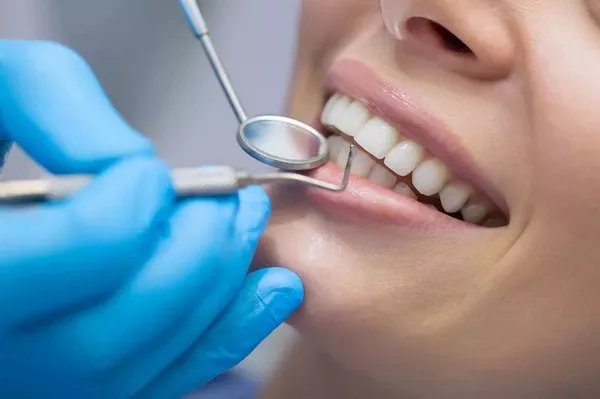Severe periodontal disease, also known as advanced gum disease or periodontitis, is a serious oral health condition that requires prompt and comprehensive treatment. It involves the inflammation and infection of the tissues surrounding the teeth, leading to bone loss, tooth mobility, and potential tooth loss if left untreated. Recognizing the signs of severe periodontal disease and understanding the available treatment options are crucial for preserving oral health and preventing further complications. In this article, we delve into the various approaches to treating severe periodontal disease, from nonsurgical interventions to surgical procedures, and offer insights into maintaining long-term gum health.
Understanding Severe Periodontal Disease
Severe periodontal disease is characterized by the following symptoms:
Gum inflammation and redness
Bleeding gums, especially while brushing or flossing
Persistent bad breath
Receding gumline and exposed tooth roots
Pockets forming between the gums and teeth
Tooth mobility or shifting
Changes in bite or the way teeth fit together
Left untreated, severe periodontal disease can lead to irreversible damage to the supporting structures of the teeth, including bone loss and tooth loss.
Nonsurgical Treatment Options
Scaling and Root Planing:
This deep cleaning procedure involves removing plaque and tartar buildup from above and below the gumline. The tooth roots are smoothed to prevent bacteria from adhering to them, allowing the gums to reattach.
Antibiotics:
Topical or oral antibiotics may be prescribed to control bacterial infection and inflammation. They can be administered in conjunction with scaling and root planing.
Antimicrobial Mouthwash:
An antimicrobial mouthwash containing chlorhexidine may be recommended to reduce bacteria in the mouth and promote healing.
Surgical Treatment Options
Pocket Reduction Surgery (Flap Surgery):
This surgical procedure involves lifting the gums to access and clean the pockets formed between the gums and teeth. The gum tissue is then sutured back in place to reduce pocket depth and prevent future accumulation of bacteria.
Bone Grafting:
In cases of significant bone loss, bone grafting may be performed to regenerate bone tissue and support the teeth. This can facilitate the reattachment of the gums to the teeth.
Soft Tissue Grafting:
When gum tissue has receded, soft tissue grafting can restore the appearance of the gumline and protect tooth roots from exposure.
Guided Tissue Regeneration:
This procedure involves placing a barrier membrane between the bone and gum tissue to encourage bone regeneration while preventing the growth of gum tissue into the healing area.
Dental Implants:
If tooth loss has occurred due to severe periodontal disease, dental implants may be considered to replace missing teeth and provide stable support.
Maintaining Long-Term Gum Health
After undergoing treatment for severe periodontal disease, maintaining proper oral hygiene and regular dental check-ups are essential for preventing recurrence:
Brush and Floss Regularly:
Brush twice a day using a fluoride toothpaste and a soft-bristle toothbrush. Floss daily to remove plaque and debris from between teeth.
Use an Antibacterial Mouthwash:
An antimicrobial mouthwash can help reduce bacteria and prevent gum inflammation.
Attend Regular Dental Check-ups:
Schedule regular visits to your dentist for professional cleanings and periodontal evaluations.
Quit Smoking:
Smoking compromises gum health and can hinder the success of treatment.
Maintain a Balanced Diet:
Consume a diet rich in fruits, vegetables, lean proteins, and whole grains to support oral and overall health.
Manage Stress:
Stress can weaken the immune system and contribute to gum disease. Practice stress-relief techniques such as meditation or yoga.
Monitor Gum Health:
Be vigilant for signs of gum inflammation, bleeding, or changes in your bite. Report any concerns to your dentist promptly.
Conclusion
Severe periodontal disease requires proactive and comprehensive treatment to restore oral health and prevent further damage. From nonsurgical interventions like scaling and root planing to surgical procedures such as pocket reduction surgery and bone grafting, there are various approaches available to address the condition. Following treatment, maintaining good oral hygiene practices, attending regular dental check-ups, and making healthy lifestyle choices are essential for preventing recurrence and preserving gum health. By partnering with a skilled dentist and committing to ongoing oral care, individuals can enjoy a healthier smile and improved overall well-being.
Related Topics:
































